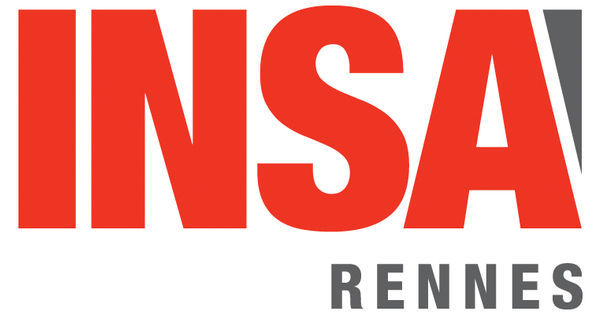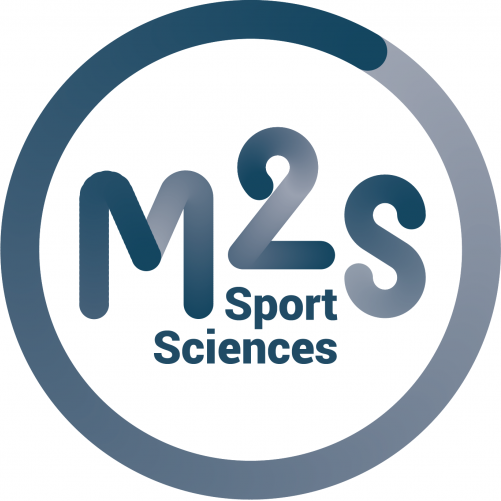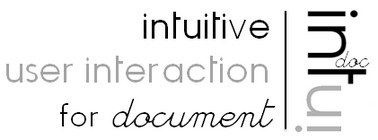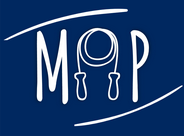

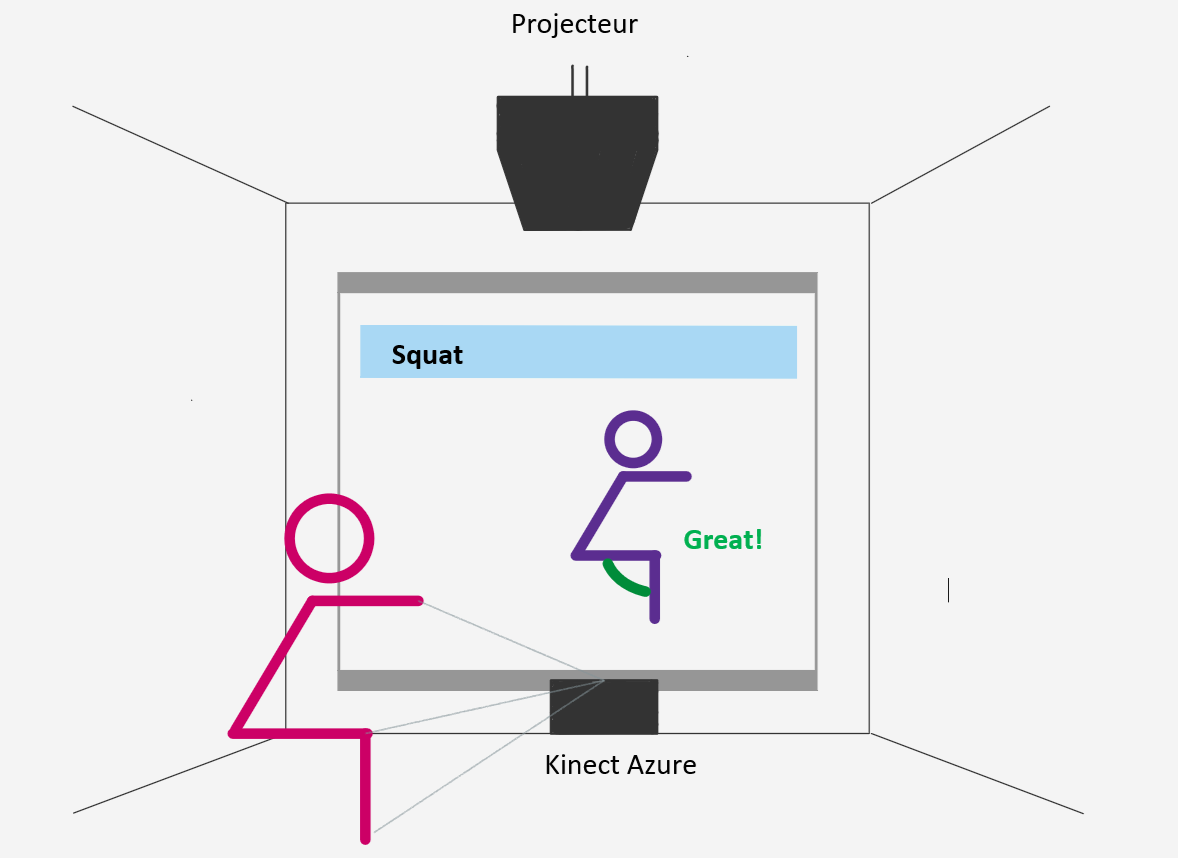
General installation diagram
The WHO has recently pointed out the lack of physical activity among young people (source). To try to mitigate the risks linked to this inactivity, we are developing an application that allows the user to regain a taste for physical activity and sports. Through physical activity sessions interacting with a digital world (Kinect, screen and virtual reality headset), our project aims at giving back the desire, the culture and the fundamentals of physical practice.
On the basis of several sessions (12 spread over a month), a user will be asked to perform several physical exercises in a row, adjusted to his level and grouped into sessions. These sessions are aimed at the upper, lower or whole body, and include GPP (General Physical Preparation) exercises and mini-games. The program is designed to work on and reinforce basic physical skills: coordination, skill, balance, endurance, strength, flexibility, power, speed and agility. The main asset of our application is to offer live feedback and advice to the user on the quality of execution of his gesture, thanks to an artificial intelligence that includes a 3D gesture recognition engine.
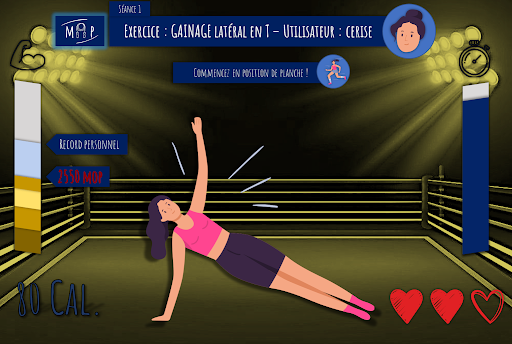
Mock-up of a plank exercice
The user's skeleton, joints and various movements are captured in real time using the Kinect Azure, the latest and most advanced model of Kinect.
The user's movements are evaluated live, and feedback is given on the execution of the exercises. For this purpose, we use the AI engine classifier of the IntuiDoc team of IRISA as well as ad hoc calculations. For the squat exercise, for example, we use the classifier to determine whether the squat execution is good or bad. In addition to this, the angle of the knee and the angle of the back of the user are calculated, which allows us to give a more precise feedback in case of bad execution.
During the execution of a session, the user can be led to interact with a virtual environment via a screen or a virtual reality headset and thus apprehend physical practice in a more playful way. Indeed, the use of a virtual reality headset for our application is justified by two main aspects. First of all, the playfulness of this technology increases the attractiveness of our solution, especially for our target audience, young inactive people. On the other hand, the level of immersion provided by virtual reality headsets allows for increased motivation and concentration of the user, free from ambient distractions. The virtual environments are developed under the Unity game engine.
We are 6 students in the 4th year of the computer science department of INSA Rennes. Our supervisors on this project are Eric Anquetil (professor at INSA and researcher at IRISA), William Mocaër (PhD student at IRISA) and Richard Kulpa (lecturer at Rennes 2 and researcher at IRISA). Moreover, three students of the Staps-DIGISPORT master's degree are working with us on the sports side: Alex Bauchat, Antoine Arousseau and Audrenn Legendre. Finally, we have a partnership with the city of Rennes and the UFOLEP (a multi-sports federation) to test our application with potential users.
